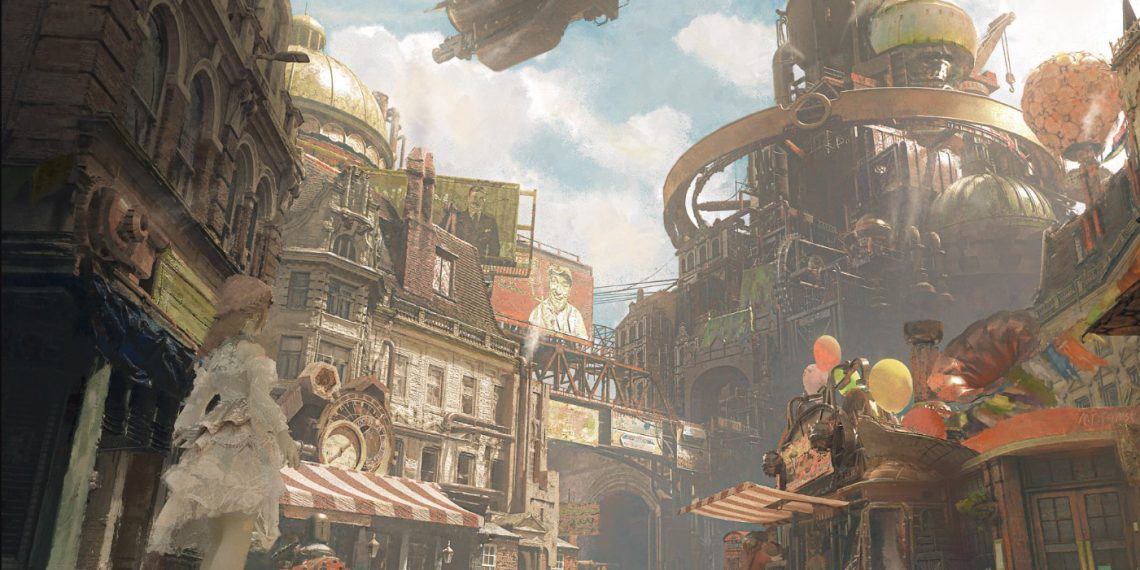Anime-style 3D animation is becoming a staple in films, games, and animated series. While traditional anime is celebrated for its hand-drawn look, modern tools like Cinema 4D allow creators to bring these worlds to life in 3D. But achieving that signature anime aesthetic in CGI isn’t always straightforward. Flat shading, exaggerated perspectives, and stylized lighting require careful attention to detail, and rendering these intricate designs can be a time-consuming process. This is where a Cinema 4D render farm can make all the difference, helping both indie creators and large studios work more efficiently.
Understanding Anime-Style CGI
Unlike photorealistic CGI, anime-inspired 3D animation seeks to replicate the charm of traditional 2D artwork. To achieve this, artists often use cel shading, which emphasizes bold outlines and high-contrast lighting. This creates a crisp, illustrated appearance that feels more authentic to anime. There are tools like Cinema 4D Render farm, which works great.
Frame rate adjustments are another factor. While most 3D animations run at 24 or 30 frames per second, anime often uses 12 frames per second to mimic the classic hand-drawn style. This technique avoids the overly fluid, robotic motion that sometimes plagues CGI.
Notable productions like Land of the Lustrous and Dragon Ball FighterZ have successfully integrated 3D with a hand-drawn aesthetic, proving how well this approach can work when executed thoughtfully.
Why Cinema 4D is Ideal for Anime-Style CGI
Cinema 4D is a favorite among creators for its intuitive interface and powerful cel shading tools. The Sketch and Toon module offers artists precise control over outlines, shading, and color gradients, making it easier to achieve a traditional anime look.
In addition, Cinema 4D integrates smoothly with compositing software like After Effects and Photoshop. This flexibility allows creators to add final touches like hand-drawn effects, color adjustments, and texture overlays to perfect the anime style.
Essential Techniques for Anime-Style Renders
Here are some key techniques to apply when creating anime-inspired 3D with Cinema 4D:
- Shading and Lighting: Use the Sketch and Toon shader to apply flat shading with sharp light and shadow transitions. Simplify lighting into distinct tones rather than using smooth gradients.
- Camera Settings: Adjust focal length and apply lens distortion to emulate the exaggerated perspectives common in anime. This adds drama and depth to your scenes.
- Texture Mapping: Maintain consistent texel density across models to ensure textures look clean and polished without appearing pixelated or stretched.
Accelerating Rendering with Cinema 4D Render Farms
Rendering anime-style CGI can be computationally demanding, especially with detailed models and backgrounds. Render farms solve this by splitting the workload across multiple machines, significantly reducing rendering times. This means creators can iterate faster and focus on refining their animations instead of waiting for frames to process.
For indie teams, using a render farm allows for efficient production without the need for expensive hardware. Multiple scenes can be rendered simultaneously, making it easier to meet deadlines while maintaining high visual quality.
Adding the Final Touches
Even after rendering, post-processing remains an essential step. Tools like After Effects and Photoshop help refine outlines, add textures, and apply color grading to match the anime aesthetic. Frame rate adjustments, motion blur, and stylized effects such as speed lines and impact frames can also be added in post-production to enhance the final product.
Cinema 4D offers creators an excellent platform for bringing anime-inspired 3D worlds to life. With its advanced shading tools, customizable camera settings, and efficient rendering options through render farms, artists can achieve authentic anime aesthetics without sacrificing productivity.
Whether you’re working on a game, a short film, or a full-length series, mastering these techniques will help you craft visually compelling anime-style CGI. By combining the power of Cinema 4D with smart rendering workflows, the possibilities are endless for anime creators in the digital age.




